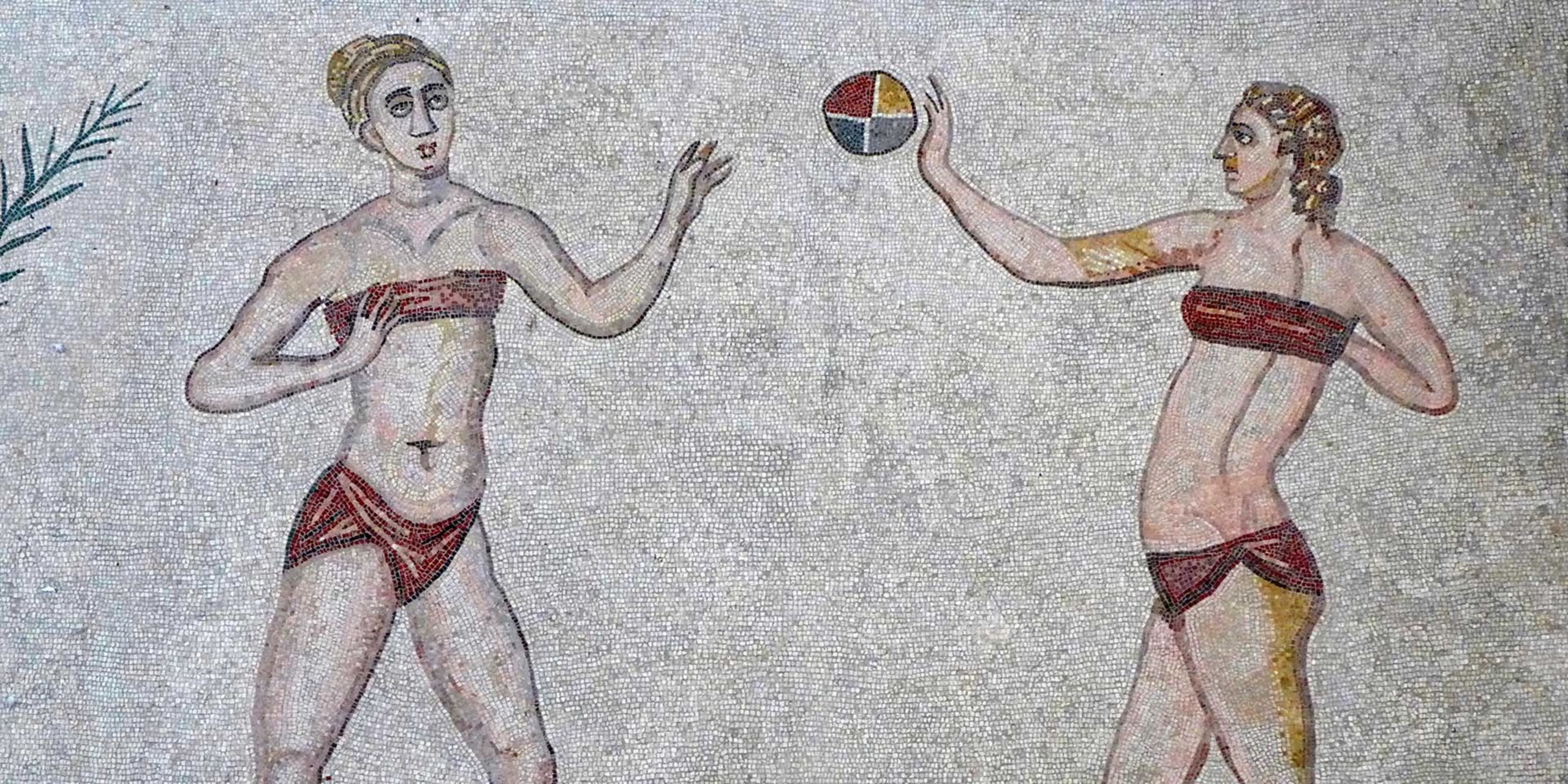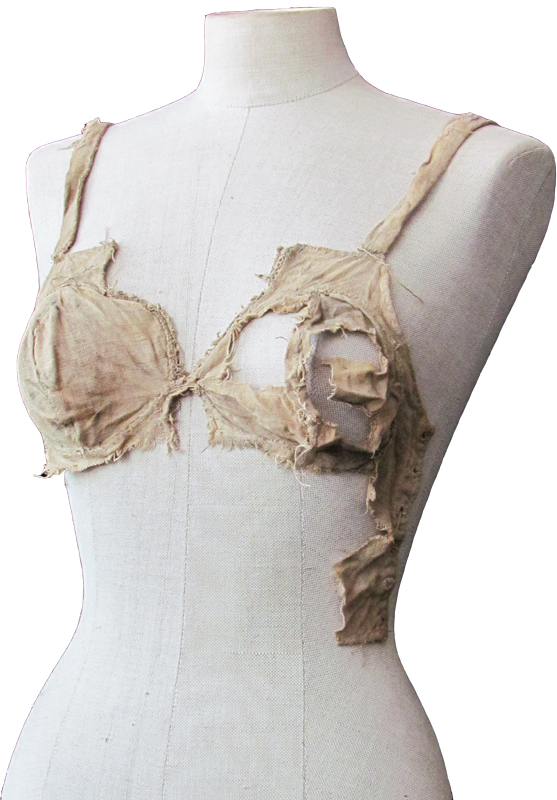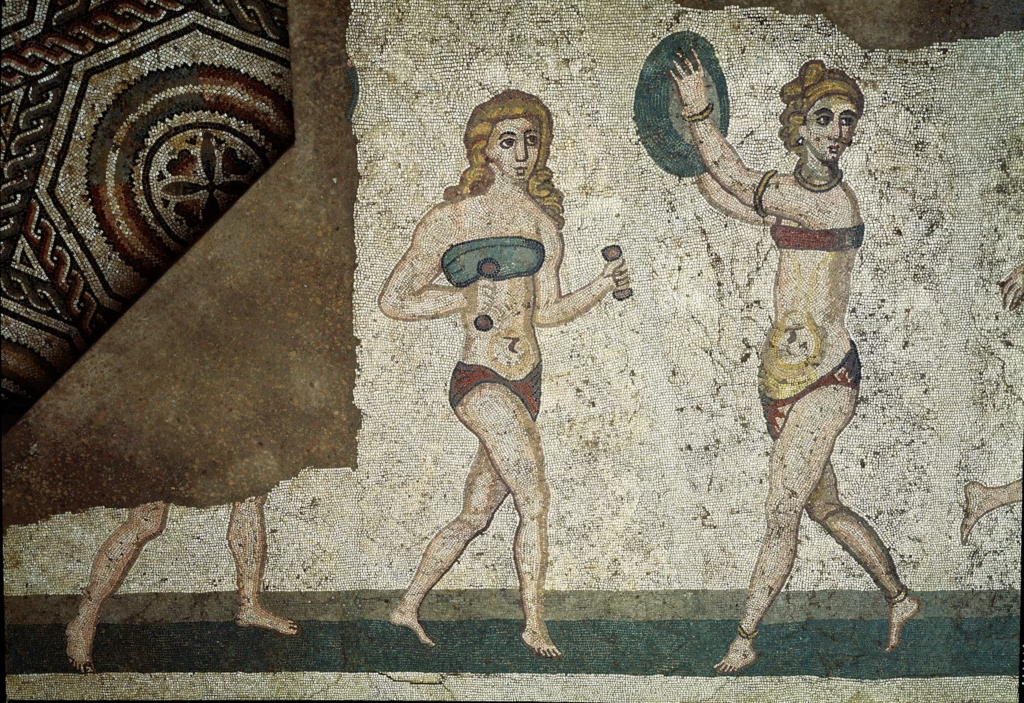Bras are older than you think: The Surprising Ancient History of the Bra

While the modern bra might seem like a 20th-century innovation, the concept of breast support has existed for thousands of years. From ancient civilizations to Renaissance corsetry and beyond, women have continuously sought ways to support, shape, and conceal their chests—for comfort, modesty, health, and beauty. The bra, as we know it today, is simply the latest chapter in a long and often surprising history.
Ancient Support: Bras in Antiquity
Minoan Civilization (circa 1500 BCE)
One of the earliest known depictions of breast support appears in Minoan Crete. Art from this era shows female athletes and priestesses wearing garments that lifted and exposed the breasts, possibly for religious or cultural reasons. These were not bras in the modern sense, but they reveal early awareness of chest support and shaping.
Ancient Greece (800–300 BCE)
Greek women often wore a “strophion” or “mastodeton”—a band of wool or linen wrapped around the chest, under or over their tunic (chiton). This served both modesty and functional purposes, especially during physical activity.
Ancient Rome (circa 500 BCE–476 CE)
Roman women adopted similar breast bands, called fascia pectoralis. Some artifacts and artwork depict women wearing what resemble sports bras—tight bands under the bust used by athletes, particularly during sports and games. Roman bras were often made of soft leather, linen, or wool.
The Middle Ages: Compression and Concealment
In medieval Europe, breast support fell out of fashion. The emphasis shifted toward concealment, as modesty and religious norms dictated that the female body be hidden under layers of fabric. Support was less about structure and more about flattening or binding, especially for nuns or unmarried women.

The Corset Era: Structure, Shape, and Social Status (16th–19th Century)
The corset dominated European women’s fashion for nearly 400 years. Although not bras in the modern sense, corsets provided significant breast support—along with rigid shaping of the entire torso.
- In the Renaissance, corsets created a conical breast shape, emphasizing a high bustline.
- By the 18th century, corsets were essential to elite fashion, often worn under gowns to project social status.
- In the 19th century, the corset evolved to create an hourglass figure, lifting the bust while narrowing the waist.
However, corsets were often restrictive and uncomfortable, and by the late 1800s, health reformers and feminists began advocating for less oppressive clothing.
The Birth of the Modern Bra
Early Prototypes
In the mid-to-late 19th century, inventors began experimenting with bra-like designs:
- In 1859, Henry S. Lesher patented a “breast supporter” in the U.S.
- In 1889, French designer Herminie Cadolle invented the “corselet-gorge”, essentially a two-piece undergarment that supported the breasts separately from the waist—considered the first modern bra.
Mary Phelps Jacob (1914)
Widely credited with inventing the first modern bra in the U.S., Mary Phelps Jacob (later known as Caresse Crosby) created a lightweight alternative to the corset using handkerchiefs and ribbon. She patented it as the “Backless Brassiere” in 1914, selling the rights to the Warner Brothers Corset Company.
20th Century: The Bra Goes Mainstream
With corsets falling out of fashion after World War I, bras began to replace them as everyday support wear.
- 1930s: The term “brassiere” was shortened to “bra”, and cup sizes (A, B, C, D) were introduced.
- 1940s: During World War II, bras were promoted as part of women’s work uniforms, often called “torpedo bras” for their pointed shape.
- 1950s–60s: Hollywood glamorized structured bras with underwire and padding, emphasizing cleavage and shaping.
- 1970s: The feminist movement questioned the necessity of bras altogether, popularizing the “bra-burning” myth and promoting comfort and liberation.
- 1977: The first sports bra (“Jogbra”) was invented, marking a milestone in activewear design.
21st Century: Function, Fashion, and Freedom
Modern bras come in countless styles—from push-ups and plunge bras to bralettes, nursing bras, and wire-free comfort styles. They reflect the diverse needs and identities of wearers across the globe.
Notably, many women today choose to go braless, while others advocate for bras that accommodate all body types, genders, and abilities. Technological advances have also produced smart bras that monitor health metrics or change shape with body movement.

Summary
The bra’s history is far older and more complex than most assume. From ancient breast bands to modern lingerie and sports tech, bras have evolved alongside women’s roles, rights, and fashion trends.
Far from being just a 20th-century garment, the bra is part of a millennia-long story of support, self-expression, and societal norms. As we continue to reshape gender, comfort, and identity in the modern world, the bra—like the women who wear it—remains a symbol of adaptability, resistance, and reinvention.




